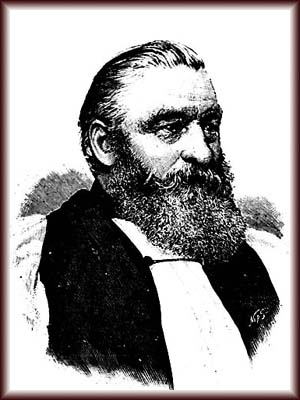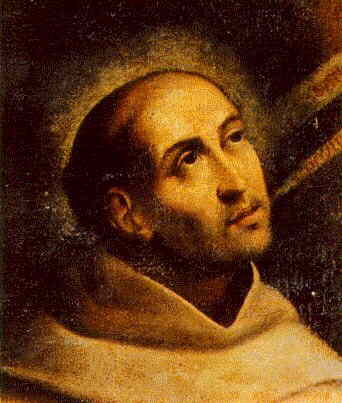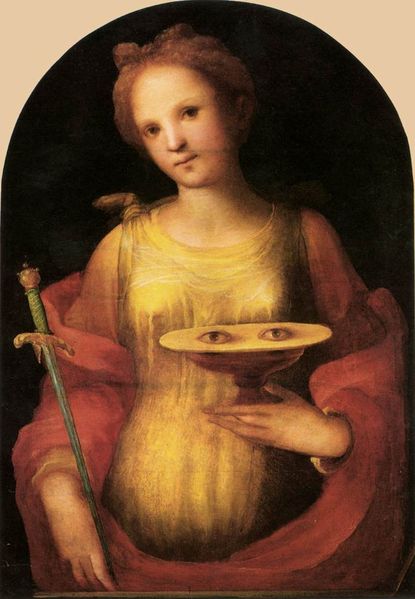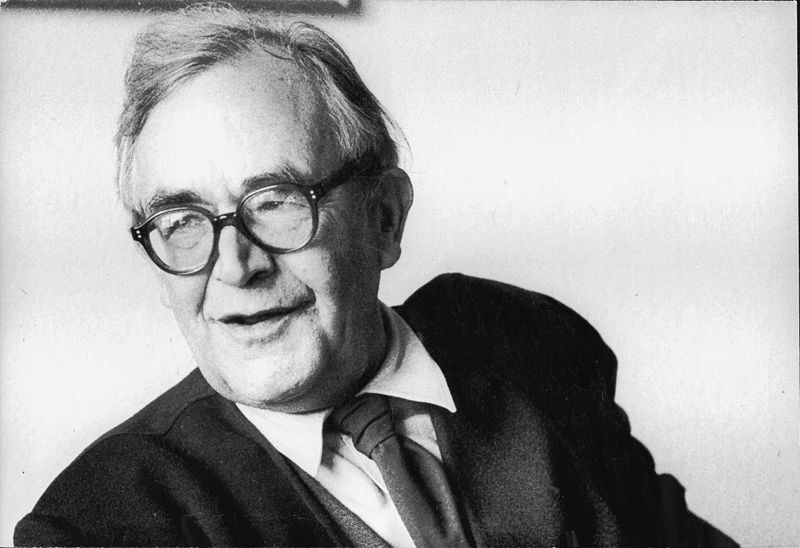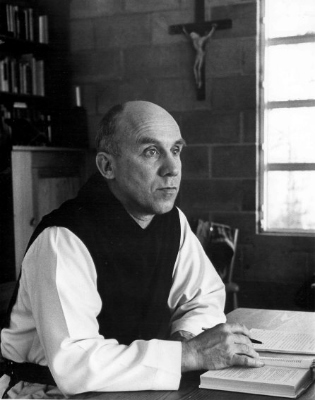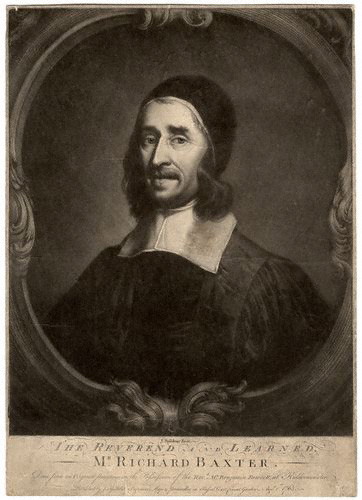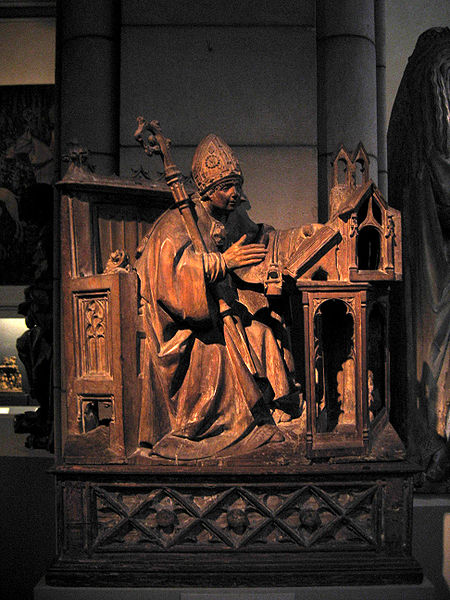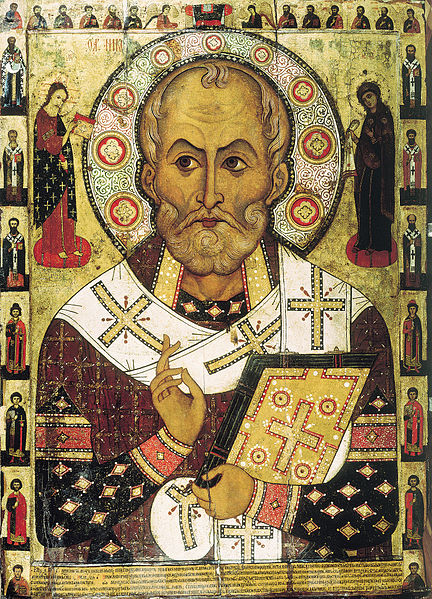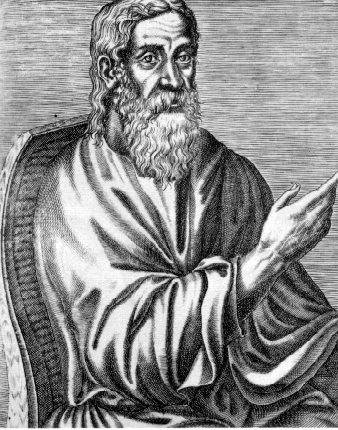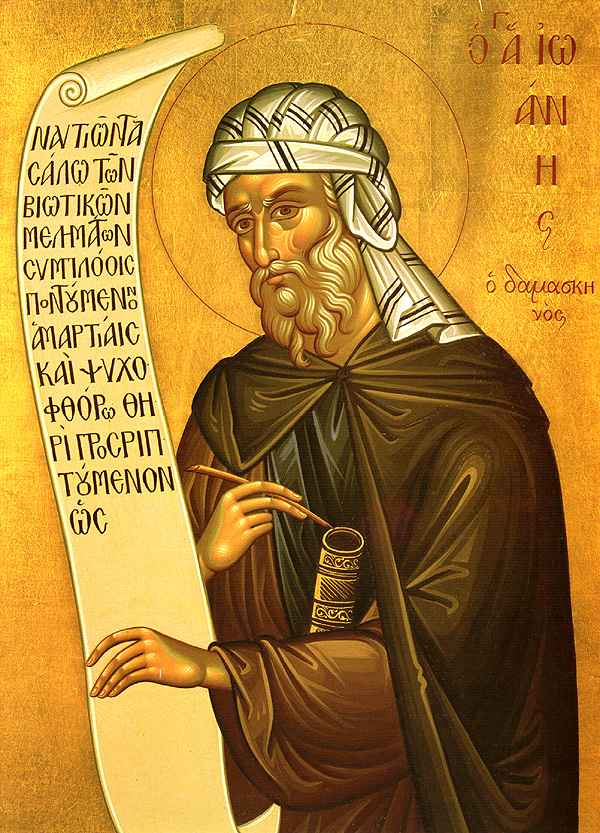Welcome to the Holy Women, Holy Men blog! We invite you to read about this commemoration, use the collect and lessons in prayer, whether individually or in corporate worship, then tell us what you think. For more information about this project, click here.
###
Born in Exeter, England, in 1828, John Horden was apprenticed to the blacksmith’s trade as a young boy, and devoted his spare hours to self-education. He eventually qualified as a school teacher and attended the Vicar’s Bible Class at St. Thomas, Exeter, where he was educated in the Bible and in missionary work. Horden, along with some friends,volunteered his services to the Church Missionary Society, but was told to wait due to his young age.
Finally, in 1851, he received a letter informing him that he was being appointed mission schoolmaster in Moose Factory, James Bay, on the southern end of Hudson Bay, in Canada. He immediately devoted himself to learning Cree, the native language of those whom he served. Over time, Horden’s ability as a linguist was evident in his ability to function in no less that five First Nations’ languages, plus Norwegian, English, Greek and Latin.
In addition to working with the native peoples of the region, Horden regarded it as part of his work to serve the employees of the Hudson’s Bay Company. With their help, he built a schoolhouse and church, and developed a variety of ministries to serve the people in this remote territory. He ministered to his people through several epidemics often in the face of rugged, unforgiving conditions.
In 1872 he was recalled to England to receive Episcopal orders, and following his ordination in Westminster Abbey, he was appointed the first bishop of the Diocese of Moosonee. He returned to James Bay, traveling to the outer regions of his vast diocese, often by dog-team in harsh weather. Many congregations in the small towns and cities of the area trace their formation back to the inspiring work of Bishop Horden.
Collects
I Creator God, whose hands holdeth the storehouses of the snow and the gates of the sea, and from whose Word springeth forth all that is: We bless thy holy Name for the intrepid witness of thy missionary John Horden, who followed thy call to serve the Cree and Inuit nations of the North. In all the places we travel, may we, like him, proclaim thy Good News and draw all into communion with thee through thy Christ; who with thee and the Holy Spirit liveth and reigneth, one God, in glory everlasting. Amen.
II Creator God, whose hands hold the storehouses of the snow and the gates of the sea, and from whose Word springs forth all that is: We bless your holy Name for the intrepid witness of your missionary John Horden, who followed your call to serve the Cree and Inuit nations of the North. In all the places we travel, may we, like him, proclaim your Good News and draw all into communion with you through your Christ; who with you and the Holy Spirit lives and reigns, one God, in glory everlasting. Amen.
Lessons
Numbers 10:29–36
Acts 6:1–7
Luke 5:1–11
Psalm
107:35–43
Preface of a Saint (1)
Text from Holy, Women, Holy Men: Celebrating the Saints © 2010 by The Church Pension Fund. Used by permission.
###
We invite your reflections about this commemoration and its suitability for the official calendar and worship of The Episcopal Church. How did this person’s life witness to the Gospel? How does this person inspire us in Christian life today?
If you’d like to participate in the official online trial use survey, click here. For more information about the survey, click here.
To post a comment, your first and last name and email address are required. Your name will be published; your email address will not. The first time you post, a moderator will need to approve your submission; after that, your comments will appear instantly.
